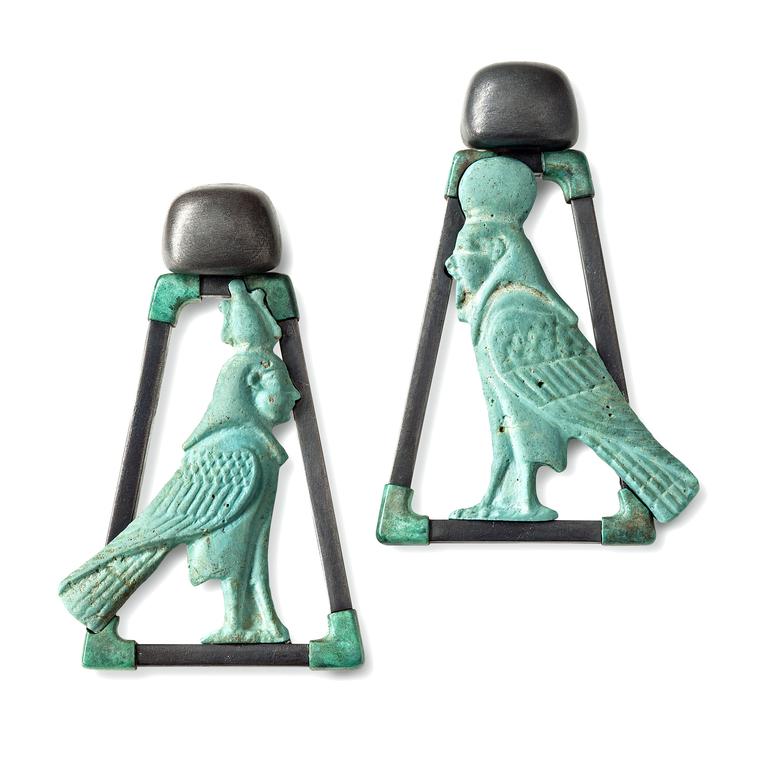By Ase Anderson in London
One of the first pieces visitors see as they walk through the door into the British Museum's new Vikings exhibition is a small but intricate brooch in the form of a Viking ship.
Made from copper alloy, the brooch was found in a female grave in Denmark and dates back to the 9th century. With dragon heads at the fore and aft, shields along the rail and a face at the masthead, this piece sets the scene for a sensational exhibition that features numerous pieces of jewellery from the Viking Age (800-1050 AD).
At the heart of the Vikings: Life and Legend exhibition is a 37m-long warship. Found in 1997 but dating from 1025, it is the longest Viking ship ever discovered. But it is the personal objects on display, including jewellery, amulets and idols, which help paint a more complete picture of how the Vikings saw themselves and their world.
The status that a person living in Viking times might achieve through social position and wealth was greatly enhanced by finely crafted jewellery made of precious metals. Viking men's cloaks were fastened on the shoulder with large brooches, while women used similar, often oval-shaped pieces to fasten their dresses. The women's brooches were often combined with other personal ornaments, such as necklaces with beads of glass, cornelian, rock crystal and silver.
Around 25% of the objects on display are jewels, which are on loan from 24 different institutions alongside exhibits from the British Museum's own collection. Key pieces include the Hiddensee Hoard - a collection of 14 filigree pendants, spacers, brooch and neck ring from the 10th century - and the Hunterston brooch, made from gold, silver and amber and dating from the 8th century. Other must-see items include a gold neck ring on loan from the National Museum of Denmark and a pin with a dragon's head from Germany.
The Vikings were renowned for their love of amber, often using it to create beautiful pieces of intricate jewellery. In celebration of the exhibition, which runs until June 22, the British Museum shops have launched a collection of amber and silver jewellery inspired by the artefacts on display. The reinterpreted pieces include the Viking ship brooch as well as a design based on a silver Penannular brooch with thistle-shaped terminals found in Sweden in the 10th century. There is also a selection of unique necklaces in vintage glass by London-based designer Julie Martick, which replicate the look of original Viking pieces.
















